Cats have long been companions to humans, adapting to various environments alongside us. One of the most fascinating adaptations is how they have adjusted to life in urban areas. This article explores the unique ways in which cats have adapted to the urban landscape, highlighting their survival strategies and the implications of their urban lifestyles.
The History of Cats in Urban Settings
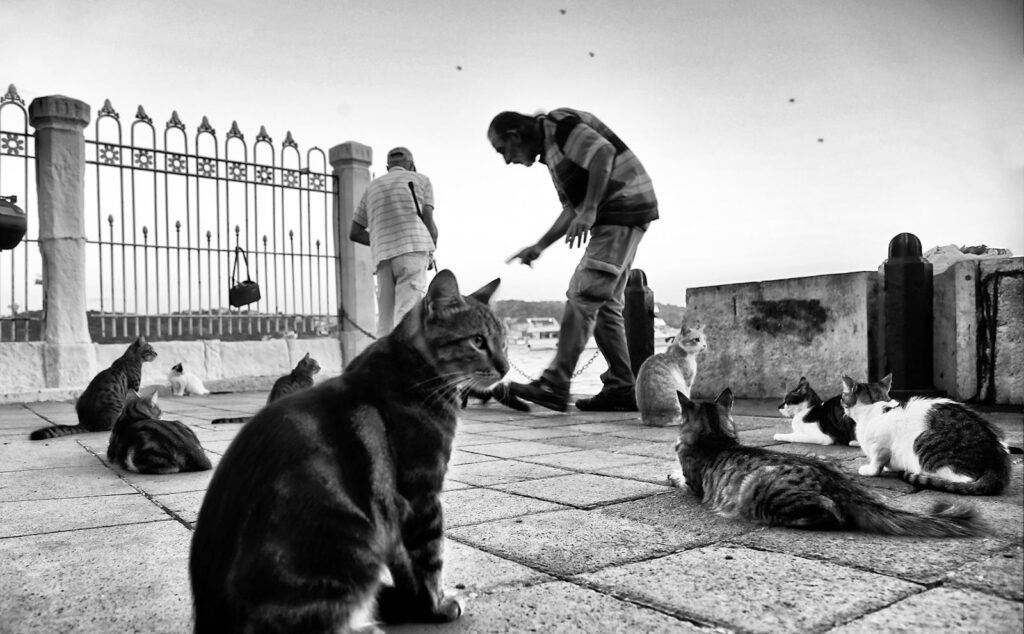
Cats were first domesticated around 9,000 years ago in the Near East, primarily for their skills in controlling rodent populations. As humans moved and built cities, cats followed, drawn to urban centers by the abundance of food sources and protective environments.
Navigating Urban Landscapes
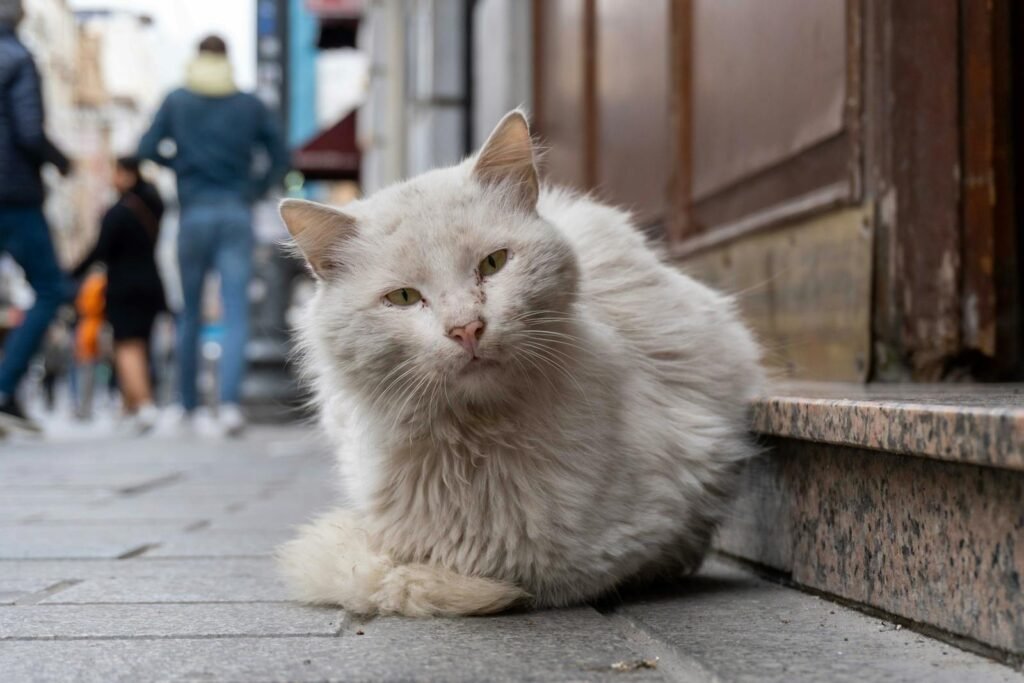
Cats have excellent navigation skills, which help them thrive in complex urban environments. They use landmarks, olfactory cues, and auditory signals to find their way around cities, often establishing territories that they fiercely defend from other cats.
Food Sources in the City
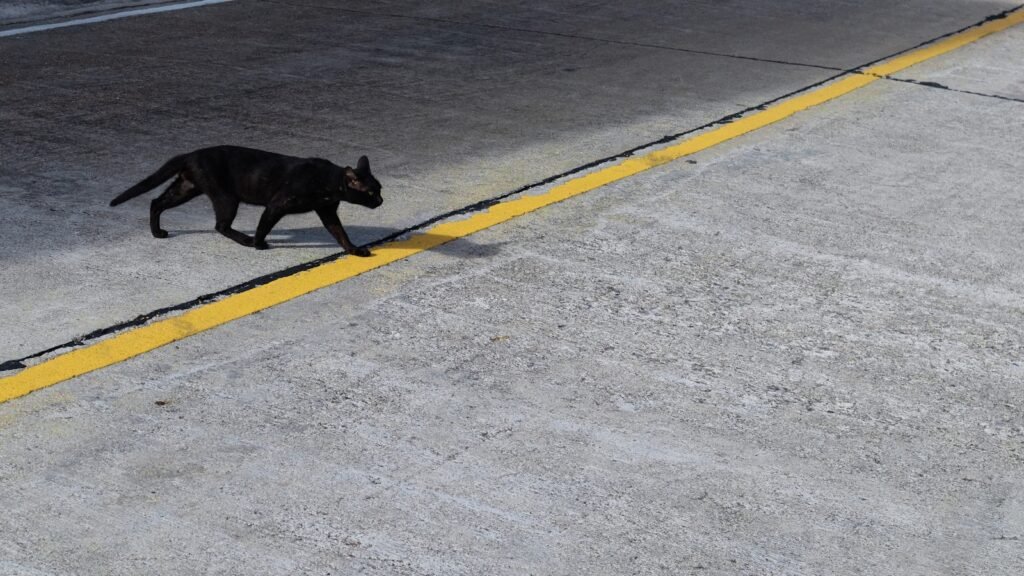
Urban cats are adept at finding food. They hunt small prey like rodents and birds, scavenge from garbage, and often depend on food provided by sympathetic humans. This diet flexibility is crucial for their survival in cities where food availability can be inconsistent.
Behavioral Adaptations
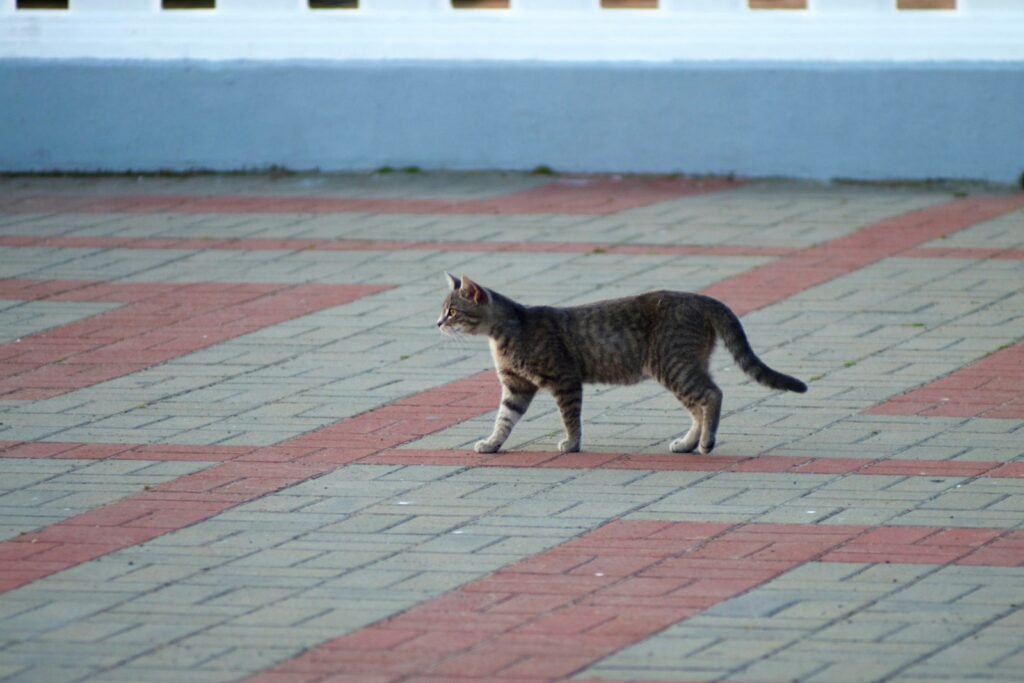
Cats in urban areas often display altered behaviors compared to rural or feral cats. They might be more nocturnal to avoid daytime human activity, and some exhibit increased sociability due to regular interactions with humans.
Social Structures and Territoriality
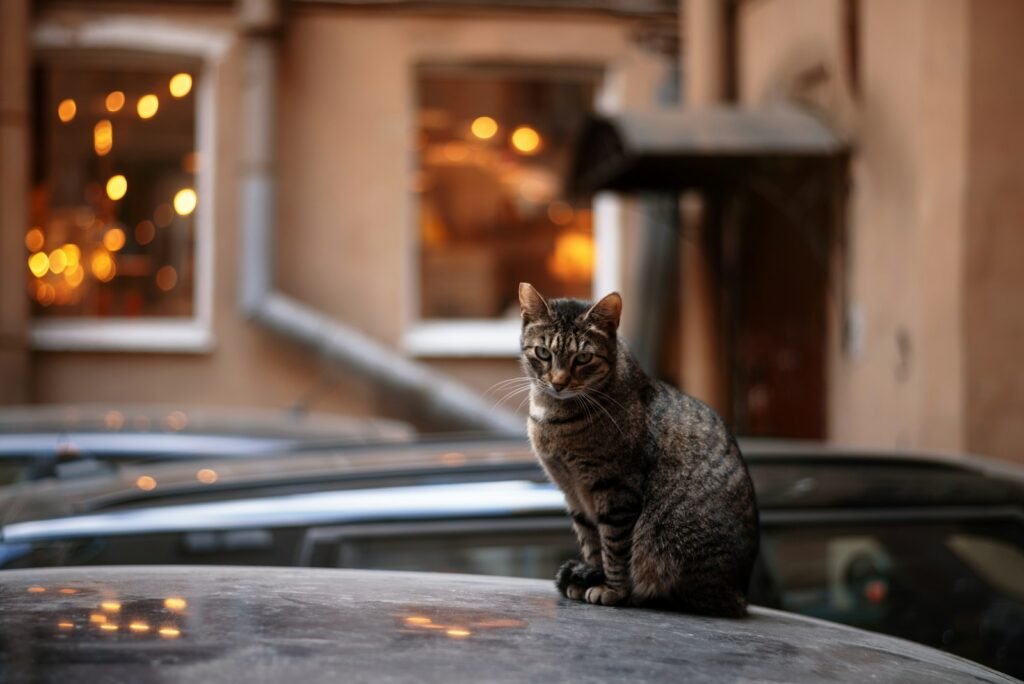
While cats are solitary by nature, urban environments sometimes lead to loose colonies, especially around consistent food sources. Hierarchies may develop within these communities, with dominant cats claiming prime territories.
Health Challenges in the City
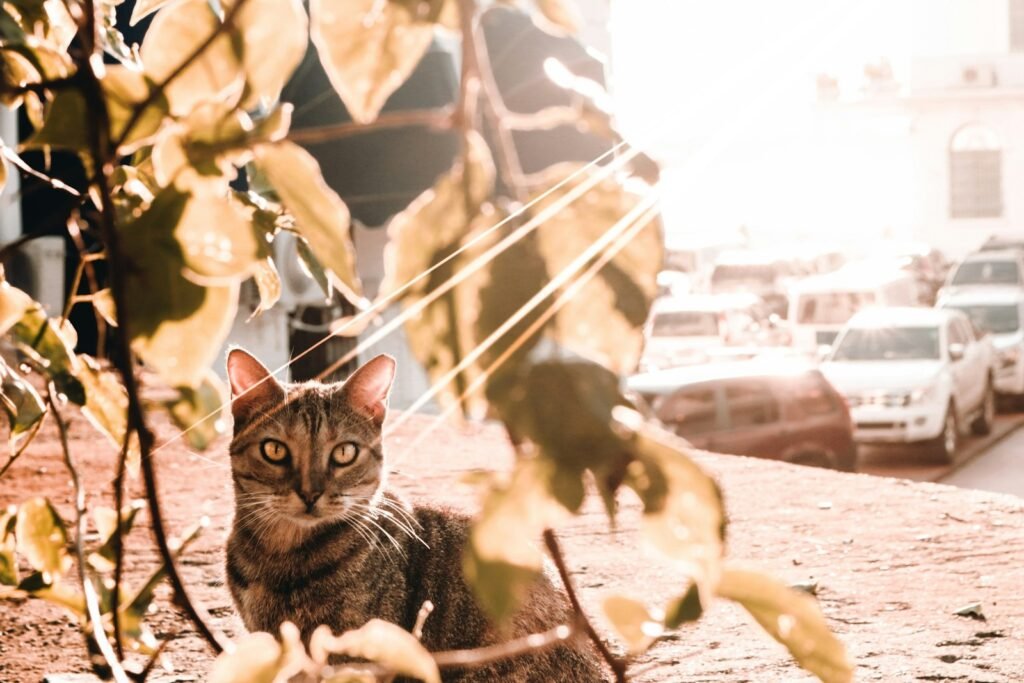
Urban cats face several health challenges, including exposure to pollutants, the risk of injury from traffic, and potential diseases from other animals. Access to veterinary care can be limited, especially for stray or feral populations.
Impact on Urban Wildlife
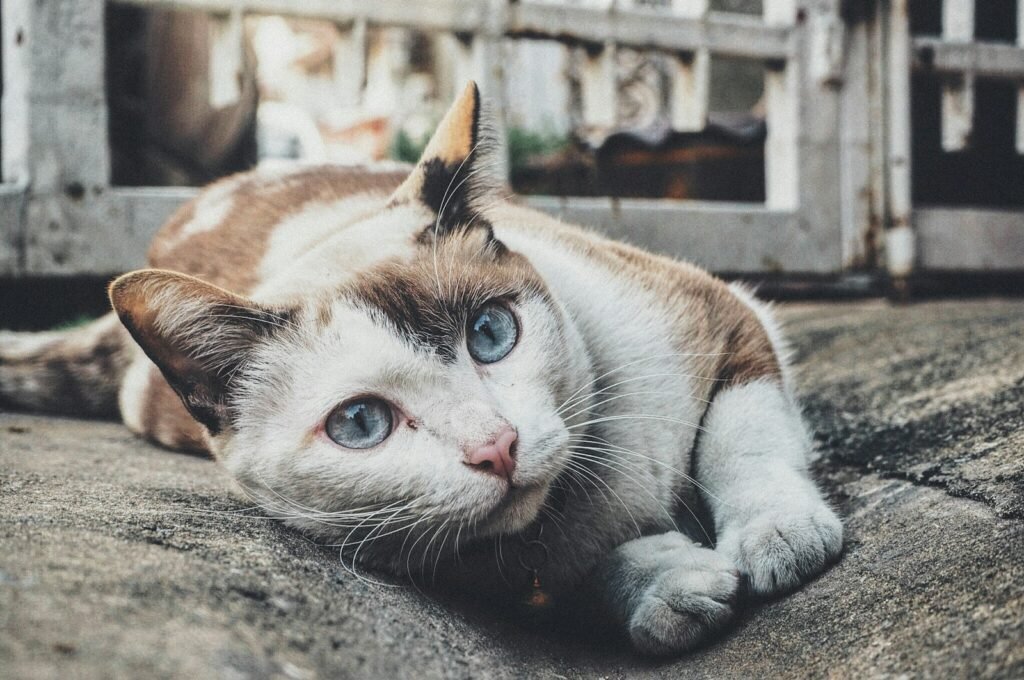
The presence of cats in urban environments can significantly impact local wildlife. Cats are effective predators, and their hunting can lead to the decline of specific urban species, especially birds and small mammals.
The Role of Human-Cat Interactions
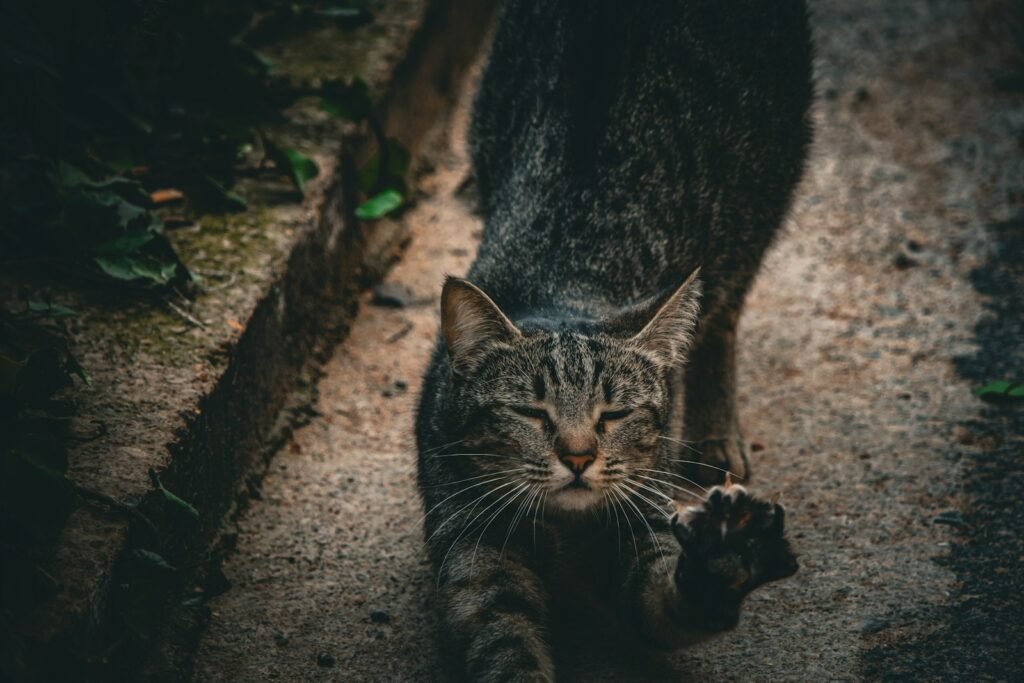
Humans have a substantial impact on urban cat populations. Feeding and providing shelter can support significant numbers of cats, but unmanaged populations might lead to challenges such as increased disease and ecological imbalance.
Efforts to Manage Urban Cat Populations
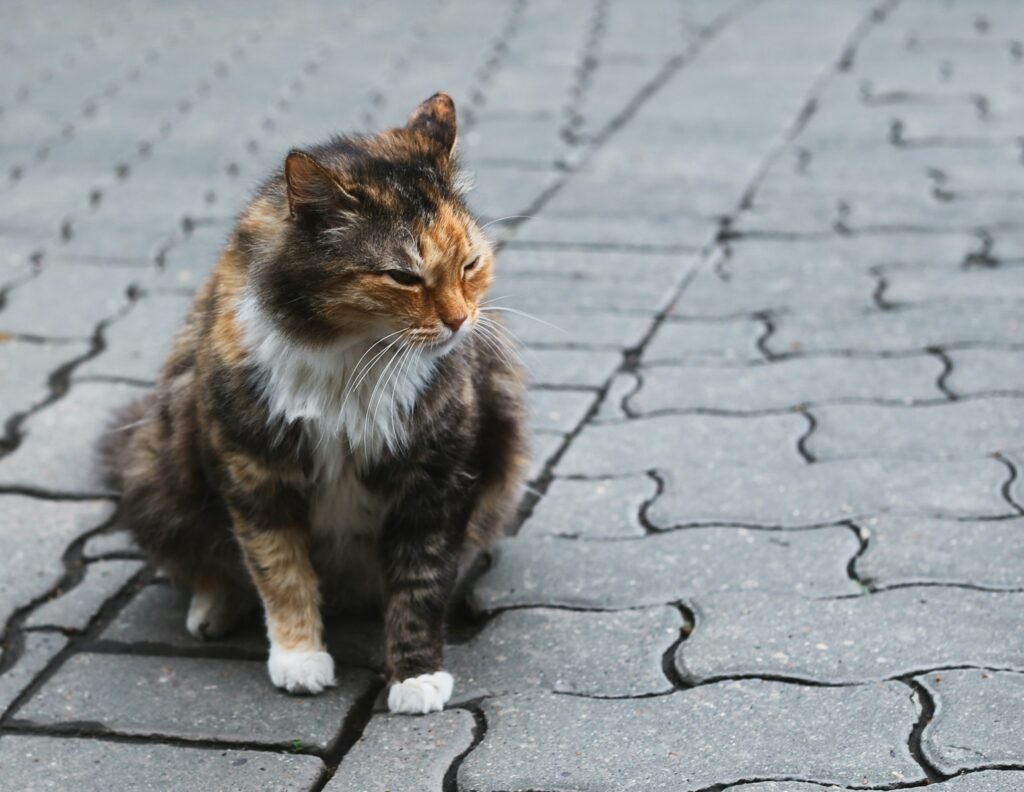
Various strategies have been implemented to manage urban cat populations, including trap-neuter-return (TNR) programs, which aim to reduce the number of unwanted kittens and stabilize cat colonies over time. These efforts are crucial for balancing the urban ecosystem.
Future Challenges and Perspectives
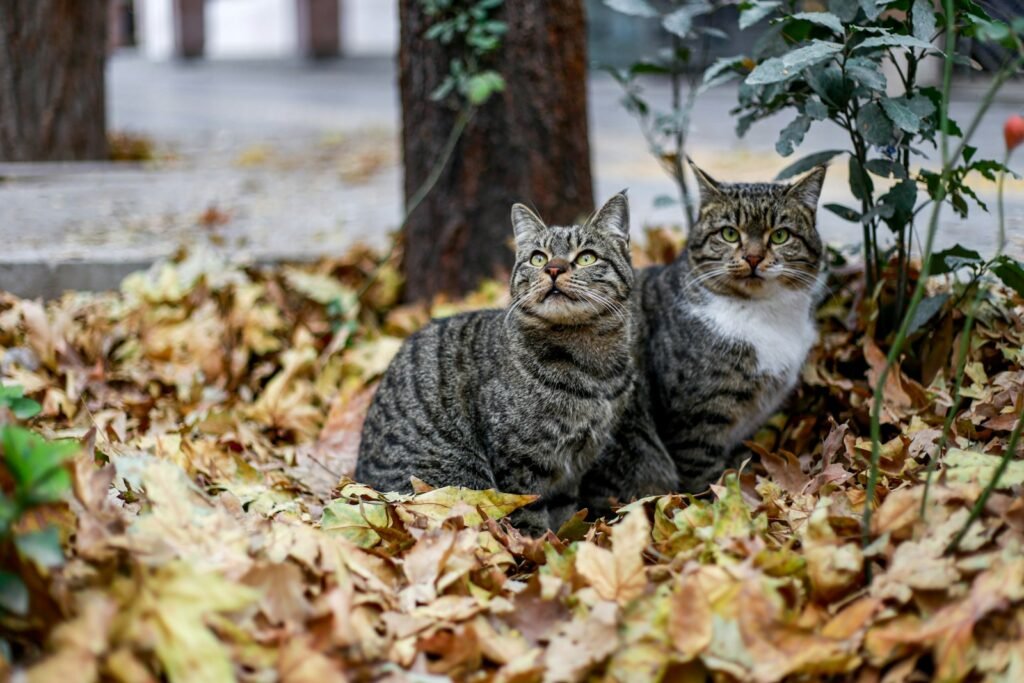
As cities continue to grow, understanding and managing the relationship between urban cats and human environments will become increasingly important. Advancements in tracking technologies and ecological studies will help improve coexistence strategies while protecting urban biodiversity.
Conclusion
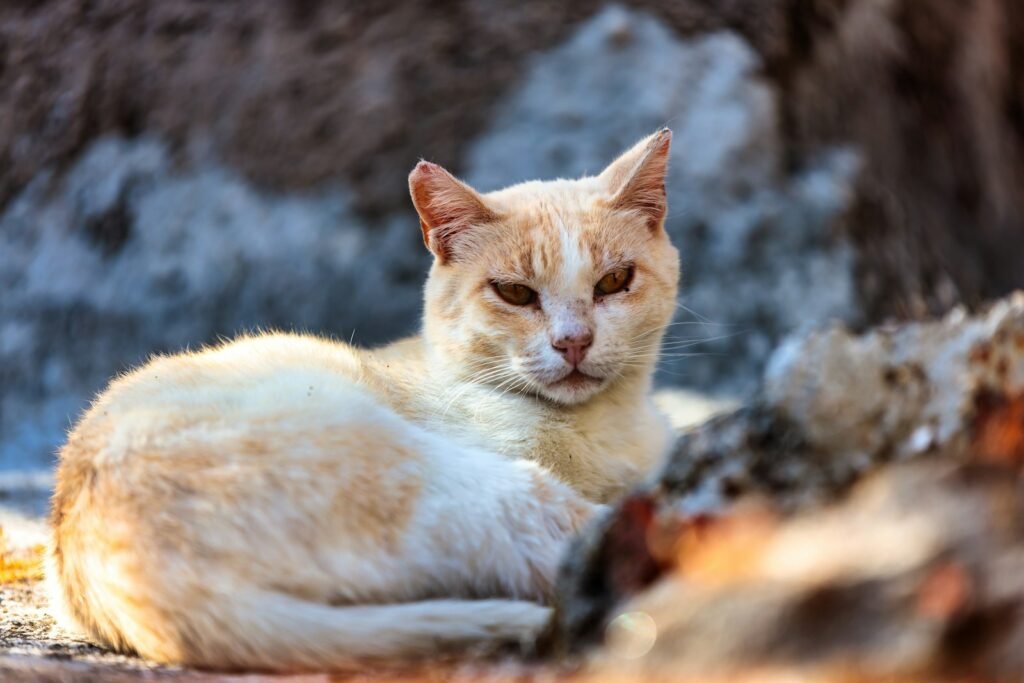
Cats are remarkable animals that have shown an impressive ability to adapt to urban environments. By understanding their behaviors, dietary habits, and social structures, we can appreciate their resilience and work towards creating harmonious urban communities for both cats and humans.
Hi, I’m Bola, a passionate writer and creative strategist with a knack for crafting compelling content that educates, inspires, and connects. Over the years, I’ve honed my skills across various writing fields, including content creation, copywriting, online course development, and video scriptwriting.
When I’m not at my desk, you’ll find me exploring new ideas, reading books, or brainstorming creative ways to solve challenges. I believe that words have the power to transform, and I’m here to help you leverage that power for success.
Thanks for stopping by, Keep coming to this website to checkout new articles form me. You’d always love it!






